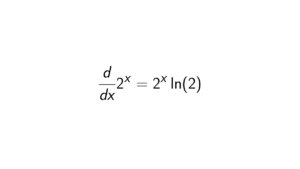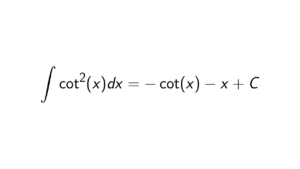Proof. We start with the identity group \{e\}. This is straightforward as we get geg^{-1} = gg^{-1} = e \in \{e\} for all g \in G. Therefore \{e\} is a normal subgroup. Next, we will look at the subgroups of order 2, i.e., \{e, (12)\}, \{e, (13)\} and \{e, (23)\}. We see that none of them are normal subgroups:
\begin{align*}
(13)(12)(31) &= (23) \not \in \{e,(12)\} \\
(23)(13)(32) &= (12) \not \in \{e,(13)\} \\
(12)(23)(21) &= (13) \not \in \{e,(23)\} \\
\end{align*}\begin{align*}
e(123)e &= (123) \\
(12)(123)(21) &= (132) \\
(13)(123)(31) &= (132) \\
(23)(123)(32) &= (132) \\
(123)(123)(321) &= (123) \\
(132)(123)(231) &= (123) \\
\end{align*}\begin{align*}
e(132)e &= (132) \\
(12)(132)(21) &= (123) \\
(13)(132)(31) &= (123) \\
(23)(132)(32) &= (123) \\
(123)(132)(321) &= (132) \\
(132)(132)(231) &= (132) \\
\end{align*}
